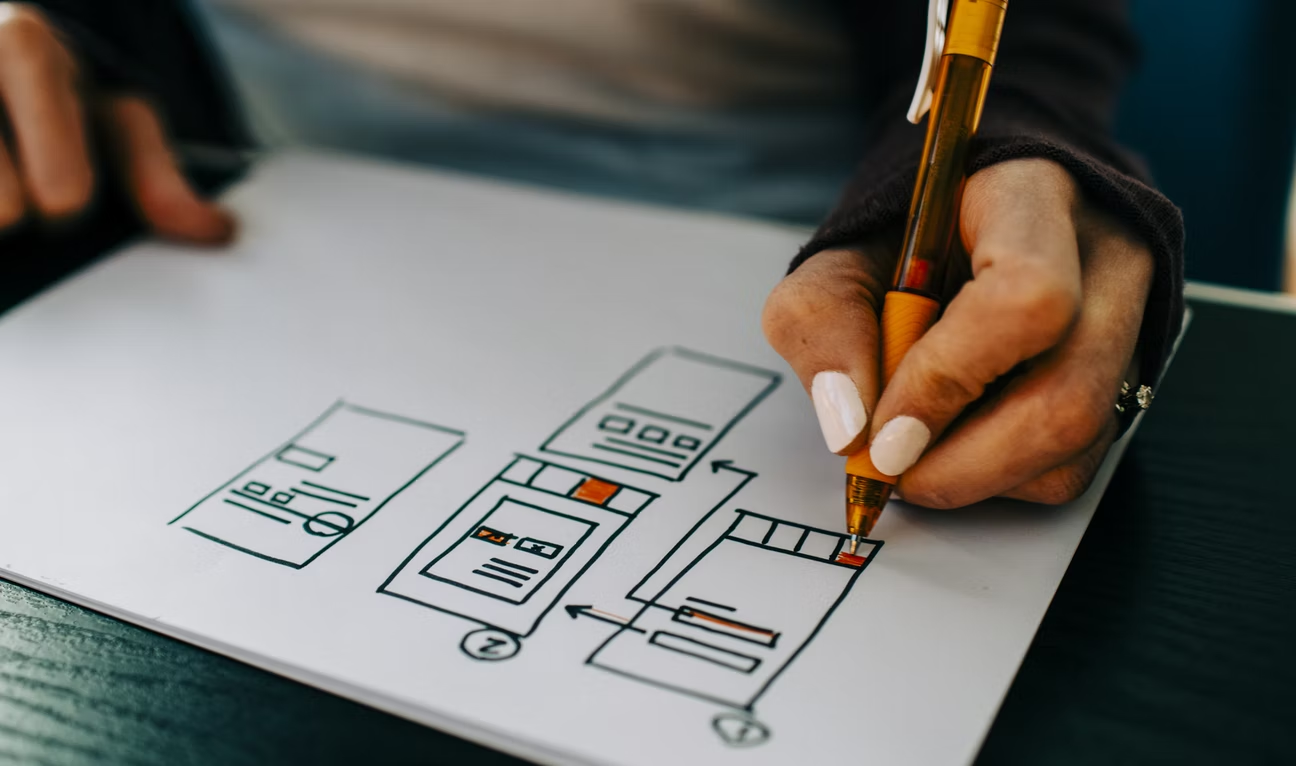Design matters. It should not come as a surprise that to marketers, design matters a lot. But what constitutes good design? Bad design? The answers to those questions vary widely from circle to circle, but there are certain principles and rules that good design either follows or breaks (intentionally, and with good reason).
Often the answer to that question depends on context, and that’s certainly the case when you’re talking about web design. There’s more to a great website than simply making it look pretty—it has to work, and it has to work in a way that’s helpful to every user who shows up. One way web designers can make that happen is to embrace the concept of empathetic design.
What exactly is empathetic design? Why should you care? Let’s get into it.
Form vs. function
In the world wide web, there’s a multitude of criteria for good design. Many of these principles are somewhat unique to the sphere of web design, and can often be summarized as the convergence of form and function. Form can be defined as “how it looks,” and function can be defined as “how it works.”
It’s a common phrase amongst the creative community at large, and something taught from day one of school. But it’s an all too commonly lost facet of web design, and it’s of the utmost importance. Ultimately, in marketing, a website is a tool. Just as any good tool does, it serves a unique, critical purpose and it finds itself in a unique, critical role in a business’s marketing and branding efforts. Similar to other products and tools, there’s a progression of concerns in making a timeless, solid website.
First and foremost, the tool needs to be useful. This means that whatever you’re making needs to help the person using it.
Next, the tool needs to be usable. After all, what good is a hammer without a handle for swinging it? Or a head for making contact with the nail?
Lastly, the tool needs to be desirable. It needs to be pretty too, right? It needs to stand out from the other tools on the shelf, and it needs to attract people. This tends to be the primary focus of web designers in the modern age of the internet. Persuaded by stakeholders pushing for something eye-catching, designers often abandon the first two criteria for making a good tool, and they create an attractive website that doesn’t actually work. And those same stakeholders are then left wondering why the fancy new website they paid for isn’t generating traffic—and why the people who do show up bounce after only a few seconds.
“I’m a designer”
In any part of life, it’s easy to lose context. It’s easy to find a groove and ride it out. In design and development, for example, it’s easy to throw on headphones and spend hours working away, creating something new. But doing this day after day, it’s tempting to want to break from the routine. To try something new, and to try something different. You want to create something awesome, and that’s a natural feeling.
This sort of thinking leads to innovative, stunning design, and it’s essential. Sometimes this mindset can be dangerous, though.
There’s a tendency amongst designers to rank their thoughts and opinions on good design higher than the audience’s opinions. Partially due to accuracy—after all, it’s your job. You should be good, and you should have a better idea than the average person of what works and what doesn’t work. But this attitude often leads to an “I’m a designer” effect—when you begin designing for design’s sake, rather than for a purpose. You begin to care more about “good design” than achieving goals.
However, if you fail to keep context for the purpose of the website, and lose sight of your first two objectives in designing a website (useful, usable), you find yourself in the previously discussed space: building an attractive, poorly performing website.
Thinking about your audience is critical, and that’s where empathetic design comes into play.
What is empathetic design?
Empathetic design is, simply put, designing with a level of empathy for your audience. The opposite would be apathetic design—which is often an unintended result of the “I’m a designer” effect.
Empathetic design is not necessarily just the practice of buzzword-filled “User Experience Design” practices. Empathetic design is the fundamental understanding of how people use the tools that you build. Understanding that your website that you create for your business to communicate with your audience is a tool that will be used by people is the first step in creating an empathetic website.
After all, it’s 2021. The digital world is more a part of everyday life than ever before. You might be a designer, or a development expert, but you’re a user too. You know what you like about a good website, and what makes you hate a bad one. Empathetic design means that instead of thinking about what’s cool, or what’s beautiful, you think about that—what you would want from the website you’re designing if you were the one using it.
This has a lot of subsequent implications. How do you achieve an empathetic design for your website? Luckily, some of the answers are relatively simple. Something as unassuming as just adhering to common web standards is a great start. It’s tempting to try to reinvent the wheel and really put your personal stamp on a website you’re building. But users don’t want to have to devote time and energy to figuring out where the heck you put the menu. They want to order food quickly and easily. Following a layout framework that’s more or less typical is really helpful for the people who want to buy from you.
Another example? Making your website accessible. Things like making your site easier to use for the visually impaired or making it seizure-safe are obviously helpful for the people who need it—and your business will benefit from making sure that no part of your audience is left out by your online experience. But it can go beyond that. Just making things more readable is a simple way to improve ease of use. Thinking about a color palette in terms of what will work for the user instead of what’s going to be visually striking? That’s empathetic design.
Why does empathetic design matter?
All of that is wonderful and nice in principle, but in practice, why does it matter? Empathetic design for the web is important because it converts leads. Which, at the end of the day, is the purpose of the tool, right? And after all, who knows what people want better than a person? You need to find the ability to always be a person while designing your website.
Empathetic design is achieved by keeping a humble attitude and approach to creating intentional, meaningful experiences for people. The internet is for everyone—and your website is for someone. Bearing the person in mind prevents “avant-garde” from turning into, well, just plain “bad.”
Build a website people want to use
Your website is a communication tool—it’s made to communicate your brand, product, or service. Ensure that your marketing tools are effective, and in the case of your website, ensure that it is useful, usable, and desirable. Empathetic design will allow you to accomplish usefulness and usability—and then you can shape it into something beautiful and meaningful that communicates your brand through its visual identity.
We all want a website that stands out, looks beautiful, and maybe even wins an award or two. But make sure it does its job first. Make sure you’re building a site that actual people want to use.




